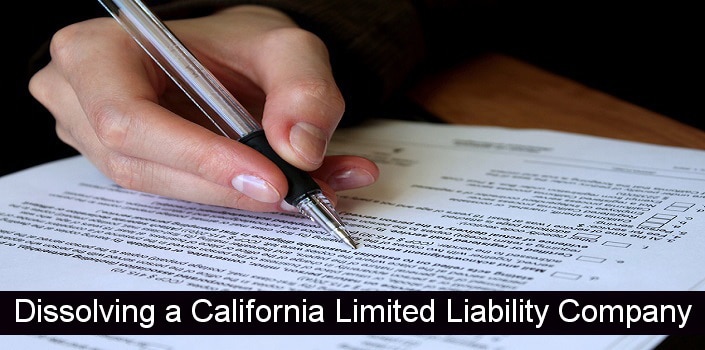Closing a business entity in California can be a complex process. Whether you are operating as a corporation, limited liability company, or limited partnership, there are specific steps you must take to legally dissolve your business. This article will explain how to close a California business entity.

First, you must file a Certificate of Dissolution with the California Secretary of State. The form you need to file depends on the type of business entity you are dissolving. For example, if you are dissolving a corporation, you must file a Certificate of Dissolution for a California Corporation (Form LLC-3). If you are dissolving a limited liability company, you must file a Certificate of Dissolution for a Limited Liability Company (Form LLC-4).
Business Entity
Once you have filed the appropriate form with the California Secretary of State, you must take steps to wind up the affairs of your business. This includes notifying creditors, paying any outstanding debts, and distributing any remaining assets. Depending on the type of business you are dissolving, you may also need to file additional forms with the Secretary of State.
It is also important to notify the Internal Revenue Service (IRS) of your business closure. If you have employees, you must file the final employment tax returns and issue a final wage and tax statement (Form W-2) to each employee. You must also file a Final Return/Report of Employer’s Tax Liability (Form 940) with the IRS.
Finally, you must also notify any other agencies that you are doing business with, such as the California Franchise Tax Board and the Employment Development Department, of your business closure.
Closing a business entity in California can be a complicated process. It is important to follow the steps outlined above to ensure that your business is legally dissolved and all of your obligations are fulfilled.
Requirements for FTB 3522, Closing Business
In addition to filing the Certificate of Dissolution with the Secretary of State, if you are closing a business in California, you must also complete and submit Form FTB 3522, Closing Business, to the California Franchise Tax Board. This form must be completed and filed within six months of the date of dissolution.
Form FTB 3522 is used to report the total assets and liabilities of the business, as well as to report the final income and expenses of the business. The form must be signed by a responsible party of the business, such as an officer or director. After the form is completed and filed, the Franchise Tax Board will issue a final tax return or notice of no tax due.
Closing a business entity in California can be a complex process. However, if you follow the steps outlined in this article, you can ensure that your business is legally dissolved and all of your obligations are fulfilled.
Requirements for SOS
In addition to filing the Certificate of Dissolution with the Secretary of State and completing and filing Form FTB 3522 with the Franchise Tax Board, you must also take other steps to officially close your business entity in California. This includes notifying the IRS, paying any outstanding debts, and distributing any remaining assets. Depending on the type of business you are dissolving, you may also need to file additional forms with the Secretary of State.
If you are dissolving a corporation, you must also file a Certificate of Withdrawal (Form LLC-5), if the corporation is registered to do business in another state. You must also file a Statement of Information (Form LLC-12) within 90 days of the date of dissolution.
If you are dissolving a limited liability company, you must also file a Statement of Information (Form LLC-12) within 90 days of the date of dissolution.
If you are dissolving a limited partnership, you must also file a Certificate of Cancellation (Form GP-1) with the Secretary of State.
After you have taken all of the steps outlined in this article, you can officially close your business entity in California.
Additional steps
In addition to the steps outlined in this article, you may also need to take additional steps to legally close your business entity in California. This includes notifying creditors, paying any outstanding debts, and distributing any remaining assets. You may also need to obtain a Tax Clearance Certificate from the Franchise Tax Board or the Internal Revenue Service.
It is important to note that the dissolution process can be complex and may take several months to complete. It is recommended that you consult with an attorney to ensure that all of your obligations are met and that your business is legally dissolved





Comments are closed.